Five things to consider when switching to Linux Mint
A guide to what you'll need to think about if you switch your old laptops to Linux Mint

READ MORE
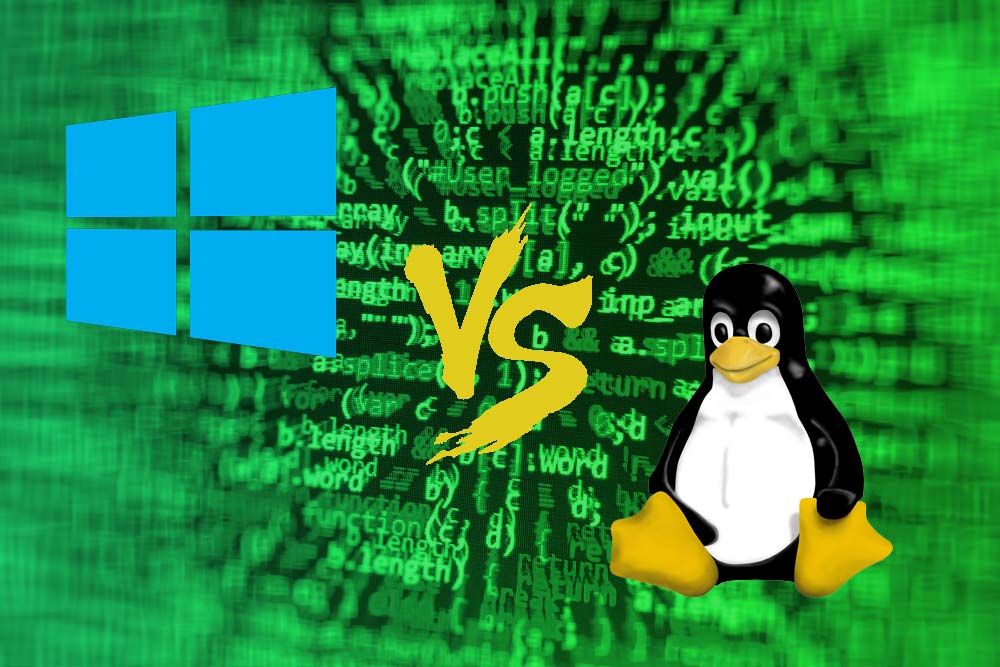
Linux was once the standard but only partially helpful answer when asked what to do with an old computer.
For many, it was an academic exercise: something you tinkered with when you'd moved to a new machine and could afford to corrupt your old workhorse. There was no guarantee that a Linux machine would play nicely with your existing data, sharing files with friends and family could be difficult, and the overall process could often have been a lot more user-friendly. None of that is true today.
Five things to consider when switching to Linux Mint: It's familiar
Let's be blunt: there's no reason why Linux shouldn't be your primary operating system. Most of your data is platform agnostic, many apps run in the browser, and Linux itself is as friendly and easy to use as Windows.
Ubuntu might be the best-known distribution, but Linux Mint (linuxmint.com), which is based on Ubuntu, is where many Windows switchers end up. Where Ubuntu uses the Gnome desktop environment, Mint uses Cinnamon by default, but can also work with MATE or Xfce. Cinnamon retains many Windows constructs that Gnome lacks, including the taskbar, applets, and desklets (reminiscent of Windows' desktop gadgets).
We also recommend checking out Zorin OS (zorin.com), particularly if you'd be happy to pay £39 for the Pro edition. This includes one of the best Windows 11 desktop themes you'll ever encounter.
Long term support
Linux may only command around 3% of the market for desktop operating systems, but the community that uses it is active and supportive. You'll have no trouble finding help when you need it, nor in keeping your system secure. Linux checks for patches and downloads them as required – just like Windows Update. The latest release of Linux Mint, version 21.1, Victoria, is based on Ubuntu 22.04 LTS, so will receive support until April 2027. That makes it a great choice for long-term deployments.
RELATED RESOURCE

Discover proven tips that will help build modern apps faster
DOWNLOAD NOW
Using Linux once required familiarity with the command prompt, but that's rarely the case today. You can install software without touching the keyboard, thanks to built-in app stores, and comprehensive Setting applets make configuration easy. Nor do you need to relearn your Windows muscle memory. Well-established keyboard shortcuts carry across, so you already know 90% of what you need to get started.
Sign up today and you will receive a free copy of our Future Focus 2025 report - the leading guidance on AI, cybersecurity and other IT challenges as per 700+ senior executives
Mint comes bundled with LibreOffice, which offers broad compatibility with Microsoft's Office document formats. Linux distributions don't have access to the Calibri or Cambria fonts used in Office, but alternatives are available. Carlito and Caladea were designed to be metrically equivalent to Calibri and Cambria, and Microsoft has made other fonts available for installation using Terminal. On a Debian operating system like Linux Mint, the necessary command is: sudo apt install ttf-mscorefonts-installer The package includes Arial, Times New Roman, Georgia, Courier New, Impact, and Verdana.
Linux is environmentally friendly
Linux Mint requires 2GB of RAM, 20GB of disk space, and a 1,024 x 768 display. Compare that to Windows 11, which needs double the RAM, 64GB storage, an HD (720p) display, and, crucially, Trusted Platform Module version 2 (TPM 2). If you want to keep older hardware running into the future without compromising security, Linux is your best bet. It can also help reduce your contribution to the world's e-waste mountain.
Access to Windows apps
Switching to Linux doesn't necessarily mean losing access to the apps you rely on. Mainstream Windows apps such as Inkscape, DaVinci Resolve, and Thunderbird have Linux equivalents, others run in a browser, and many older programs can be run using WINE (winehq.org). WINE is a Linux environment that acts as a Windows layer on top of the Linux OS. It isn't installed by default, but you can set it up through the Terminal.
WINE supports 30,000 Windows apps, including Photoshop CS6, Excel 2016, and WordPerfect X3. When browsing the list (appdb.winehq.org), favor apps with Platinum or Gold ratings, as these are considered to work without issue. You'll need your old installation media to set them up.
Linux Mint alternatives
So far we've presented the arguments for Linux Mint, but some might ask why not run Ubuntu instead. You'll receive updates sooner and there will be fewer links in the dev chain as your OS won't be an adaptation of an existing operating system. And you will notice that I only say "some" Windows apps work. Not all.
If you need to run specific versions of apps there's often no option but to stick with Windows or switch to macOS, where equivalent versions exist. In this case, if your hardware doesn't have the specs required by Windows 11, check out Tiny11.
This content originally appeared on ITPro's sibling magazine PC Pro. For more information and to subscribe, please visit PC Pro's subscription site.
Nik Rawlinson is a journalist with over 20 years of experience writing for and editing some of the UK’s biggest technology magazines. He spent seven years as editor of MacUser magazine and has written for titles as diverse as Good Housekeeping, Men's Fitness, and PC Pro.
Over the years Nik has written numerous reviews and guides for ITPro, particularly on Linux distros, Windows, and other operating systems. His expertise also includes best practices for cloud apps, communications systems, and migrating between software and services.
-
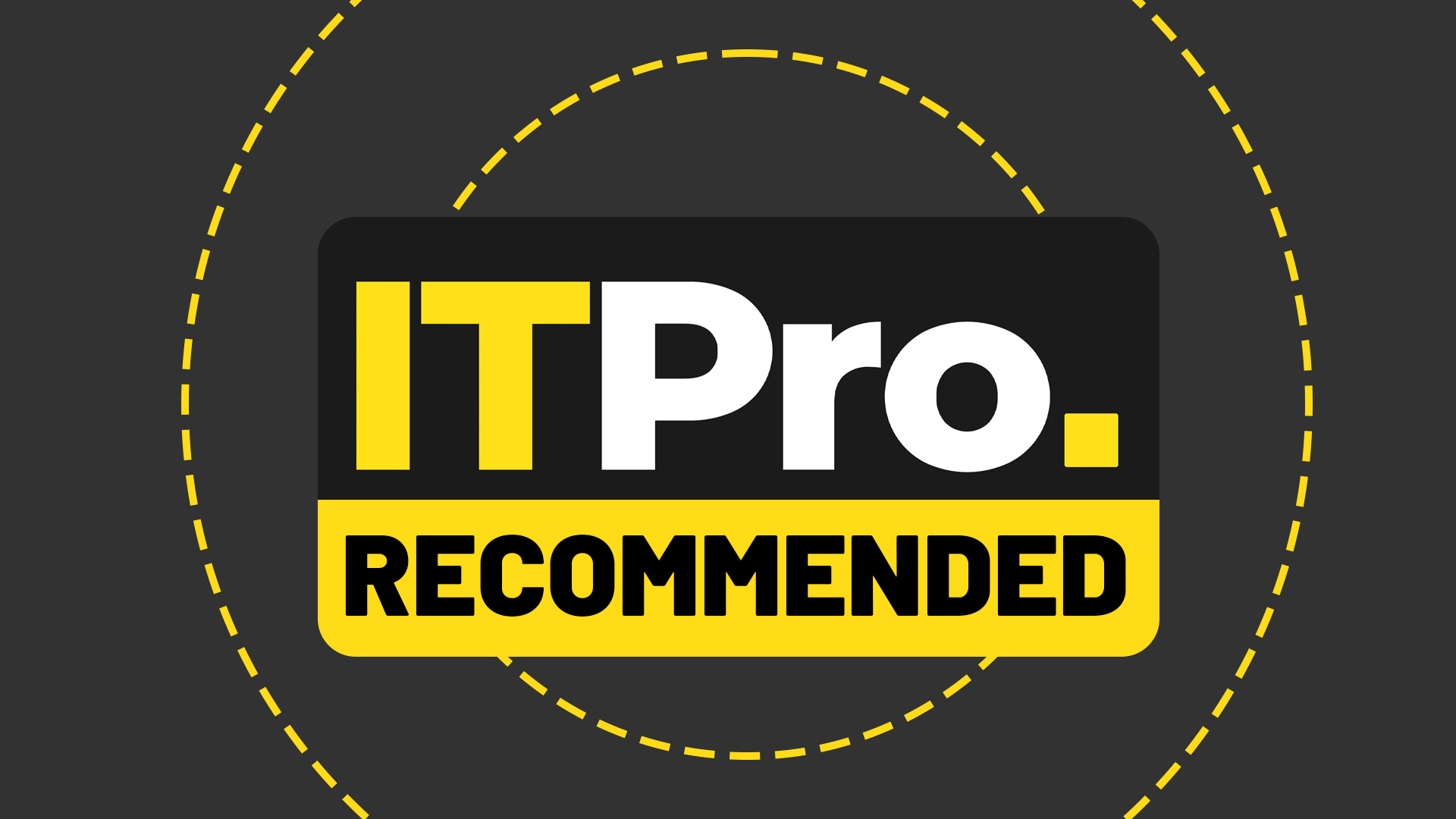 Best server distros
Best server distrosBest We've evaluated the best server distros around to help you and your business make the best choice for your OS
-
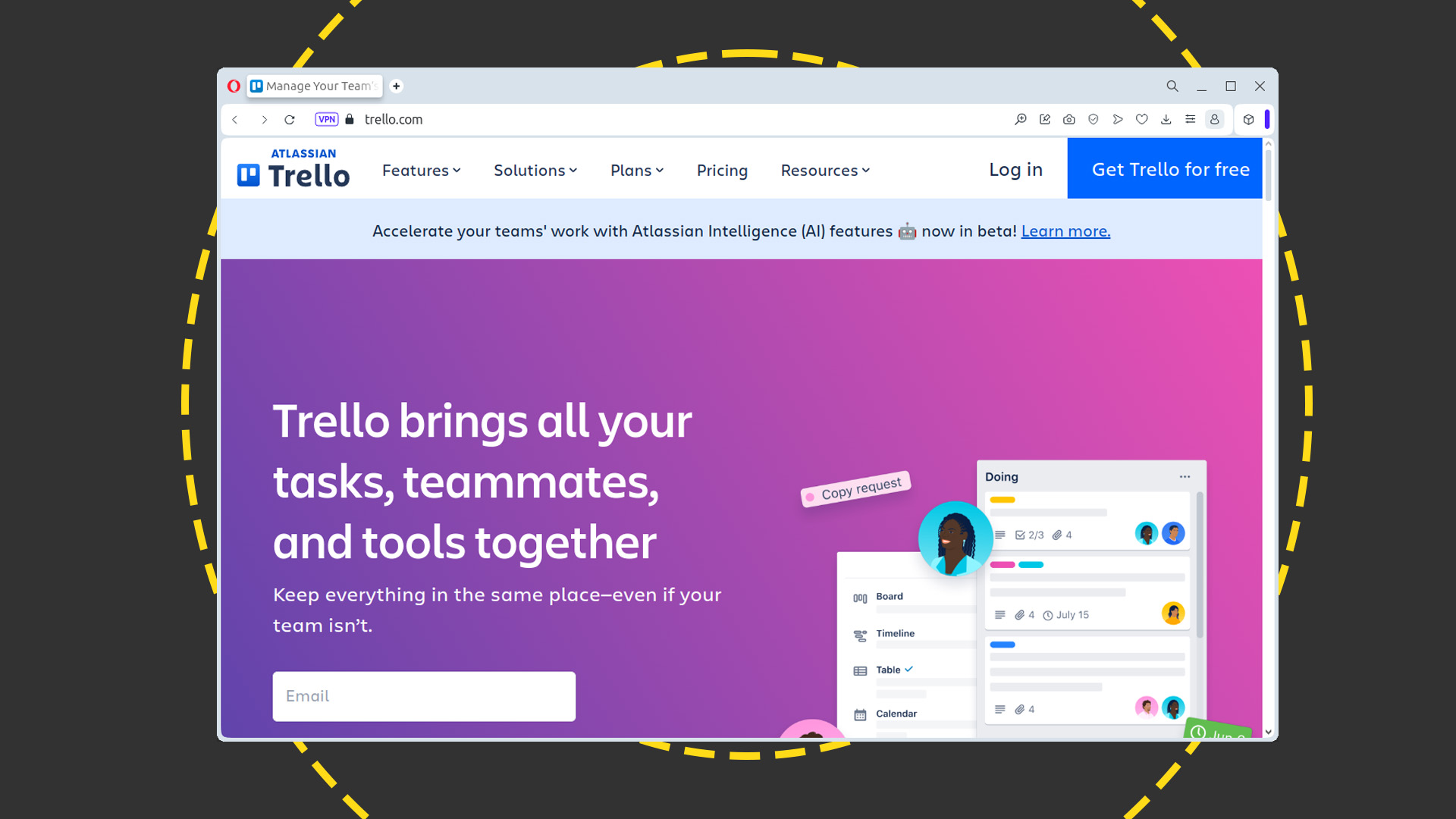 Trello for business: A complete guide to managing your workflows
Trello for business: A complete guide to managing your workflowsTutorials From the free tier to the enterprise version, ITPro talks you through your Trello workflow, from start to finish
-
 "We got lucky": What the XZ Utils backdoor says about the strength and insecurities of open source
"We got lucky": What the XZ Utils backdoor says about the strength and insecurities of open sourceAnalysis The XZ Utils backdoor could’ve caused serious problems for Linux, but luckily a developer spotted the malicious code and prevented disaster
-
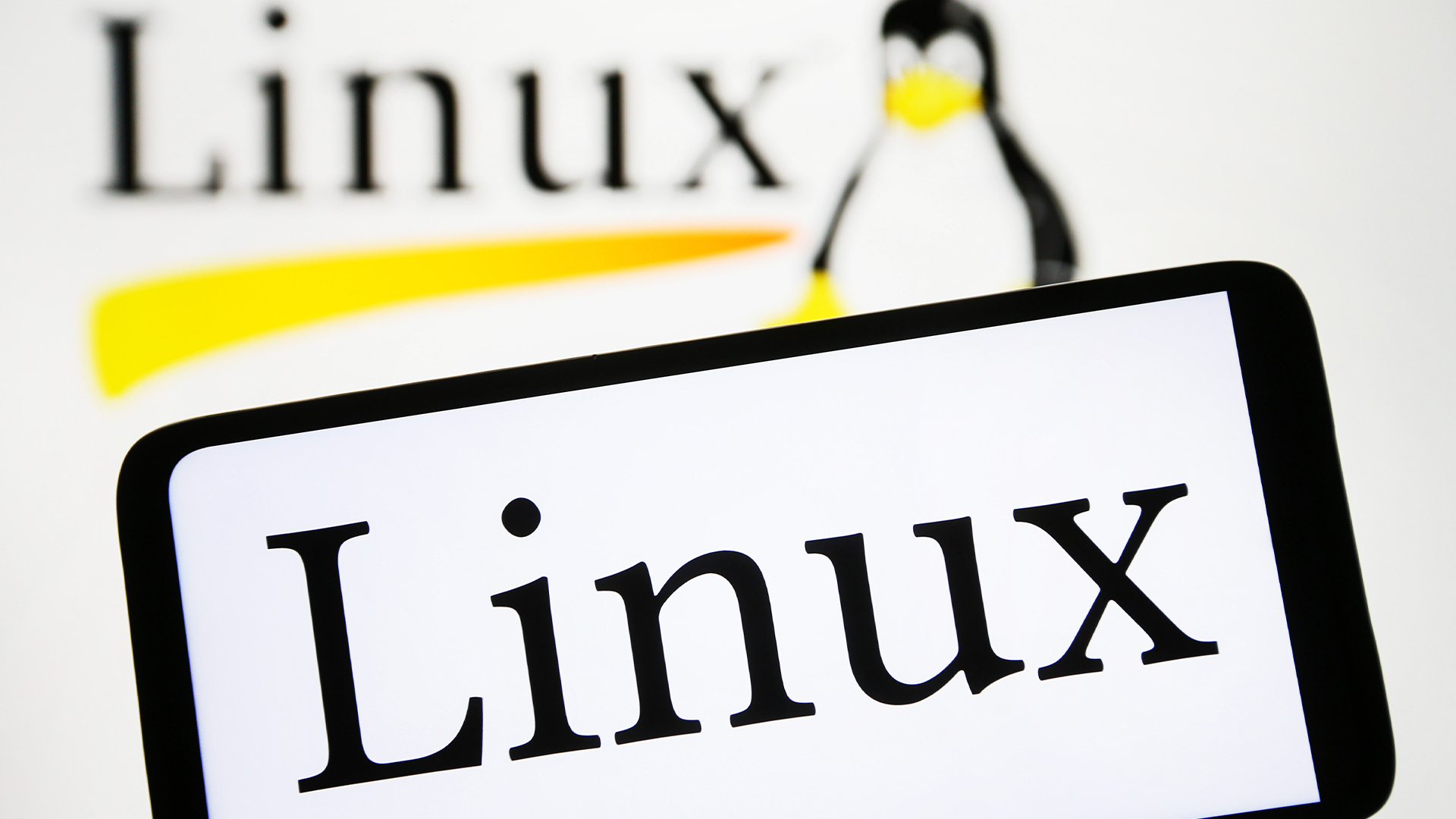 Linux just hit an all-time high share of the global desktop market — and surging popularity in India is driving uptake of the open source operating system
Linux just hit an all-time high share of the global desktop market — and surging popularity in India is driving uptake of the open source operating systemNews Linux is still dwarfed by operating systems such as Windows, but it’s making modest gains off the back of growing popularity in emerging markets
-
 Windows is getting its own Sudo command, just like Linux - here’s what you need to know and how you can use it
Windows is getting its own Sudo command, just like Linux - here’s what you need to know and how you can use itNews The Sudo for Windows command feature might make life a little easier for administrators - so long as they are aware of the potential security risks
-
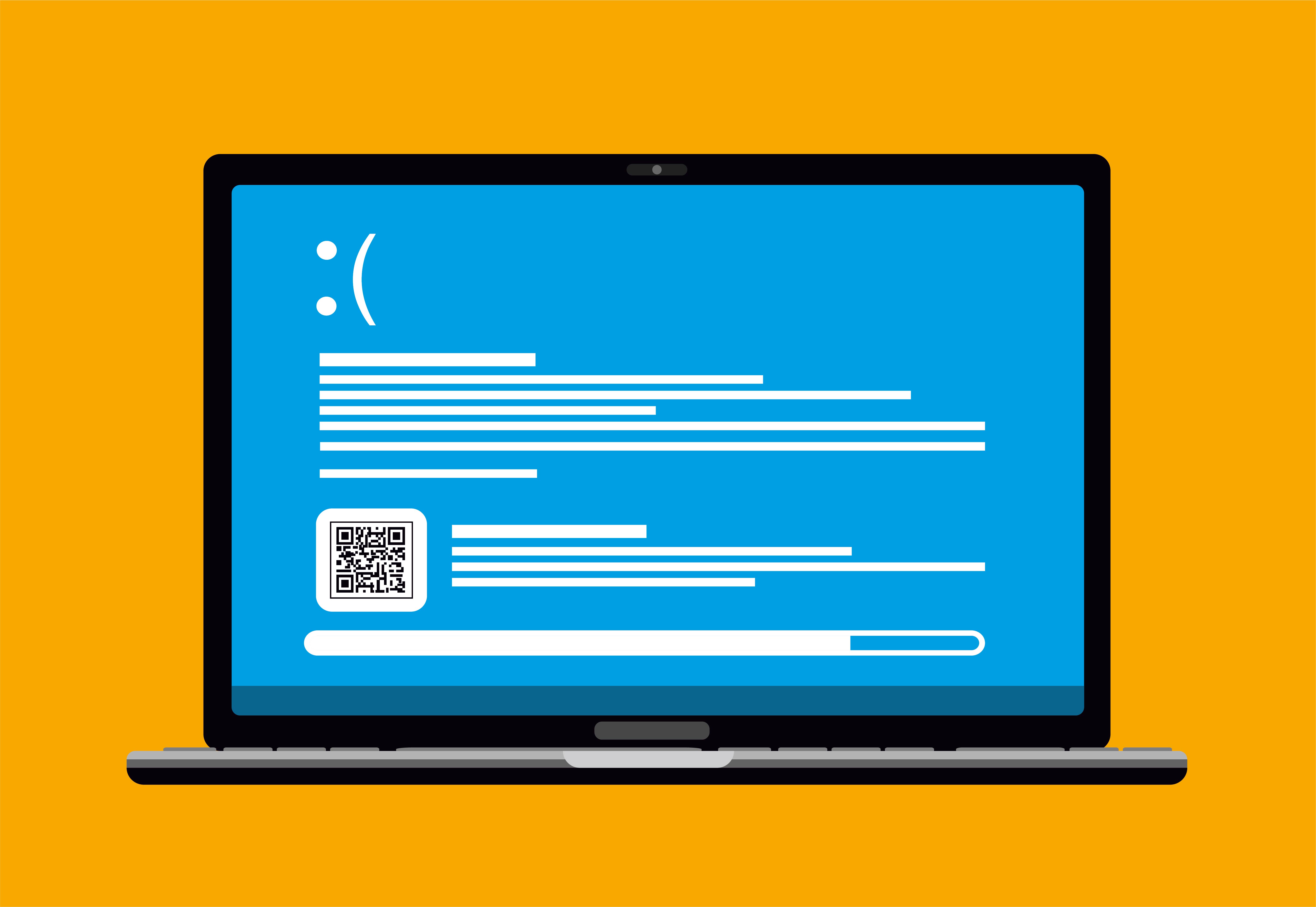 Linux Blue Screen of Death gives users a taste of the dreaded Windows feature
Linux Blue Screen of Death gives users a taste of the dreaded Windows featureNews The Linux Blue Screen of Death has been added in a recent update
-
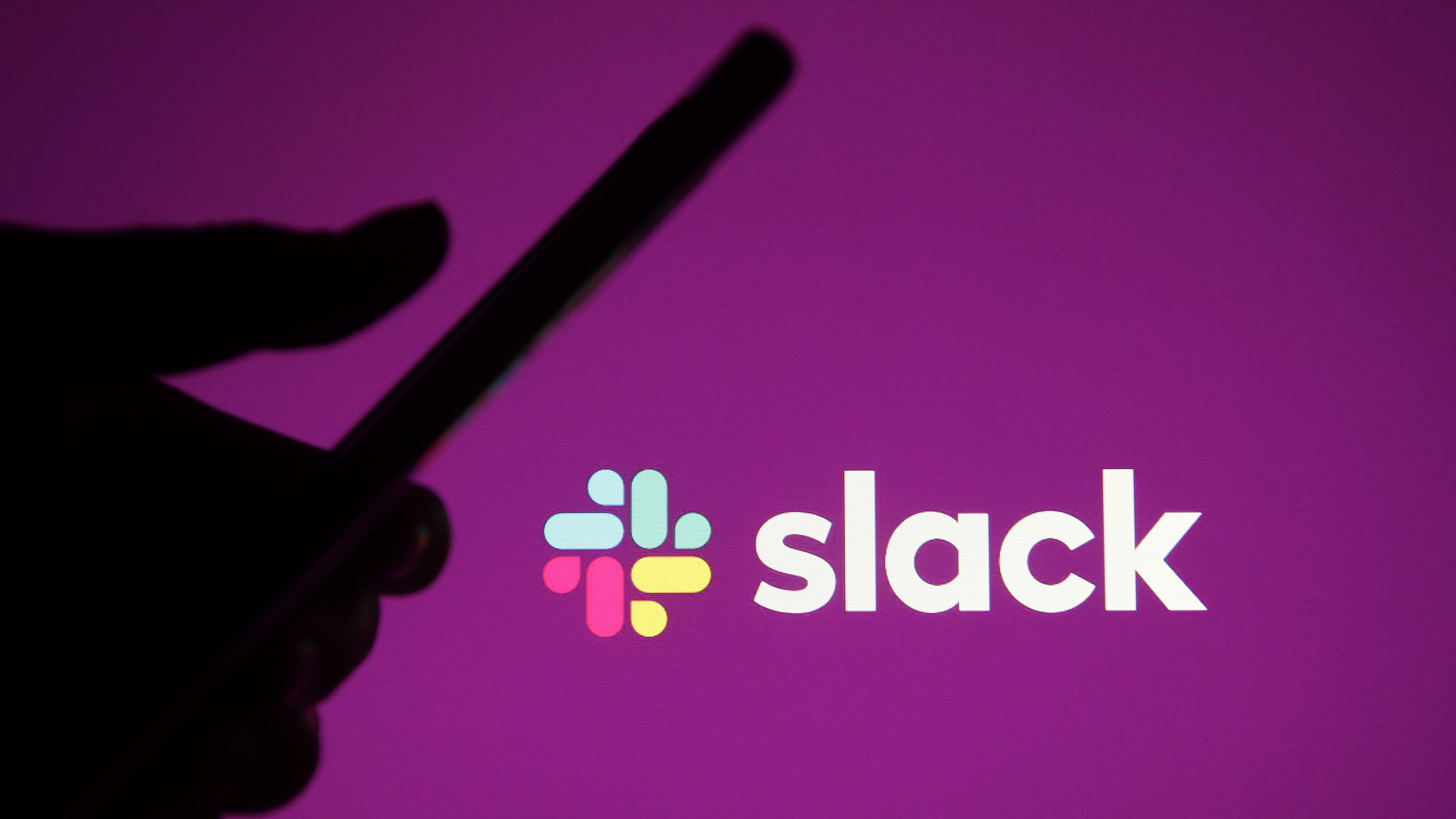 Can Slack hold its own in the age of AI-charged collaboration?
Can Slack hold its own in the age of AI-charged collaboration?Analysis Slack is in the midst of an exciting period of innovation with the roll-out of AI features, but Microsoft and Google loom large
-
 Everything you need to know about Windows 12 including features, pricing, and potential release date
Everything you need to know about Windows 12 including features, pricing, and potential release dateIn-depth The first clues of what’s coming in the next version of Windows are beginning to emerge

